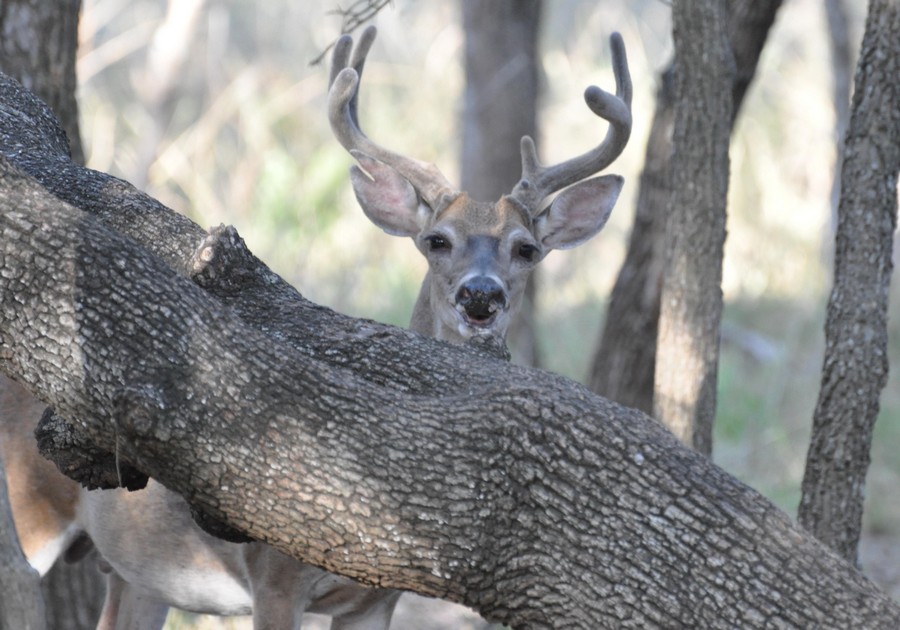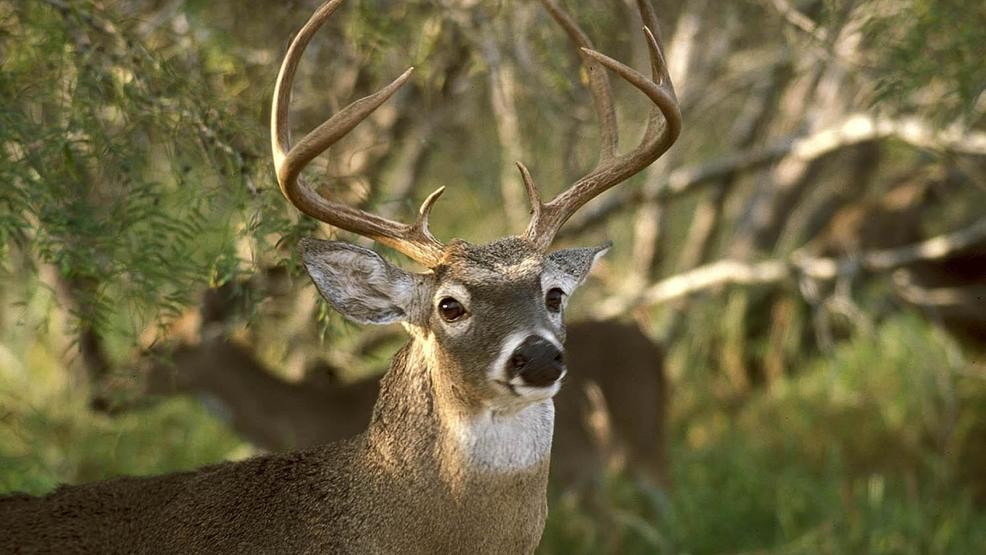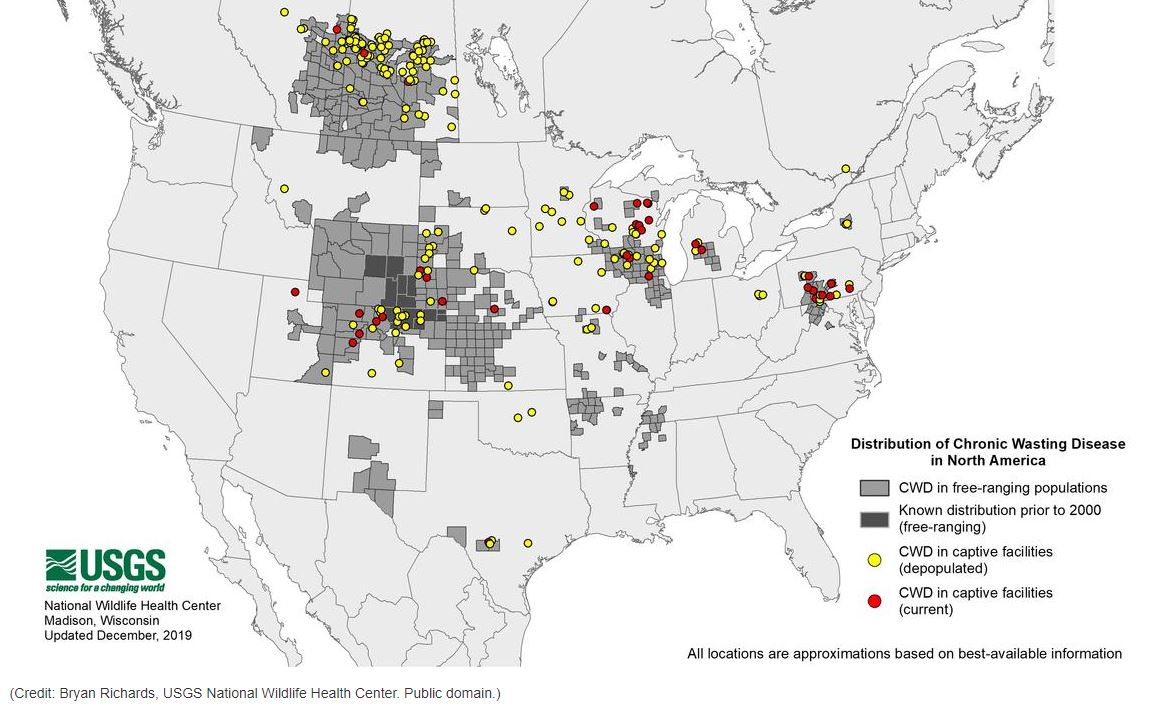Buck Report 2017
The opening of Texas’ General Deer Hunting Season starts this weekend across the state for white-tailed deer. Despite unseasonably warm temperatures in the forecast for much of Texas, a balmy start for this weekend’s Texas deer season opener likely will not deter hunters from participating in this time-honored tradition.
It’s been a good year for whitetail and their habitat, and deer hunting prospects are expected to follow suit across the state, according to wildlife biologists with the Texas Parks and Wildlife Department (TPWD).

Opening Day of Deer Hunting: HOT
Generally speaking, white-tailed deer in Texas have fared well in recent years with a stable population of about 4.3 million, according to Alan Cain, TPWD whitetail deer program leader. “The vast majority of the state had a good habitat conditions going into last winter and early spring, which helped bucks recover from the rigors of the rut, and gave them a good foundation to start the antler growth cycle this year,” he said.
Food availability is critical when it comes to fawn production in does and antler growth in bucks. Last year was great on both counts and this year started off on the right note. In fact, hunters have a good shot at some good bucks this season as a result of carryover from a couple years of good fall habitat, which made deer hunting tough and lowered annual harvest.
The general deer hunting season opens Saturday, and runs through Jan. 7, 2018 in North Texas; Jan. 21, 2018 in South Texas. A late youth-only season is also slated for Jan. 8-21, 2018. For additional late season deer hunting opportunities and county specific regulations, consult the 2017-18 Outdoor Annual of hunting and fishing regulations.
When in Rains, It Pours
For two years prior, the opening day of deer season across Texas, for the most part, has been quite wet. It looks like 2017 is going to be a little drier and the warmer temperatures will probably limit overall deer movement, at least initially. But the best time to tag a buck is still early in the season.
However, unlike the previous two years where widespread consistent rain and good habitat conditions persisted through the summer for much the state, 2017 saw dry weather patterns take hold in May and continue into late August. These drier conditions late in the season will likely have some impact on final stages of antler development, body weights, and possibly fawn production, Cain explained, but hunters should still expect a good hunting season.
“Dry conditions were not uniform across the state and spotty rains from May through July left patches of green across the landscape in the western two-thirds of the state,” said Cain. “Landowners and hunters with properties lucky enough to receive some of early summer rains and that have remained green may expect better than average deer quality this fall.”
New for This Hunting Season
Like every year, there are new deer hunting regulations being rolled out around various portions of the state. It’s always a good idea to sneak a peak at TPWD’s Outdoor Annual before heading out into the field.
Deer hunters are reminded of new regulations for Texas’ 2017-18 season, including the establishment of chronic wasting disease (CWD) management zones. Hunters who harvest mule deer, white-tailed deer, elk, red deer, or other CWD susceptible species within the Trans-Pecos, Panhandle, and South-Central Texas CWD Containment and Surveillance Zones are required to bring their animals to a TPWD check station within 48 hours of harvest. TPWD also urges voluntary sampling of hunter harvested deer outside of these zones.











